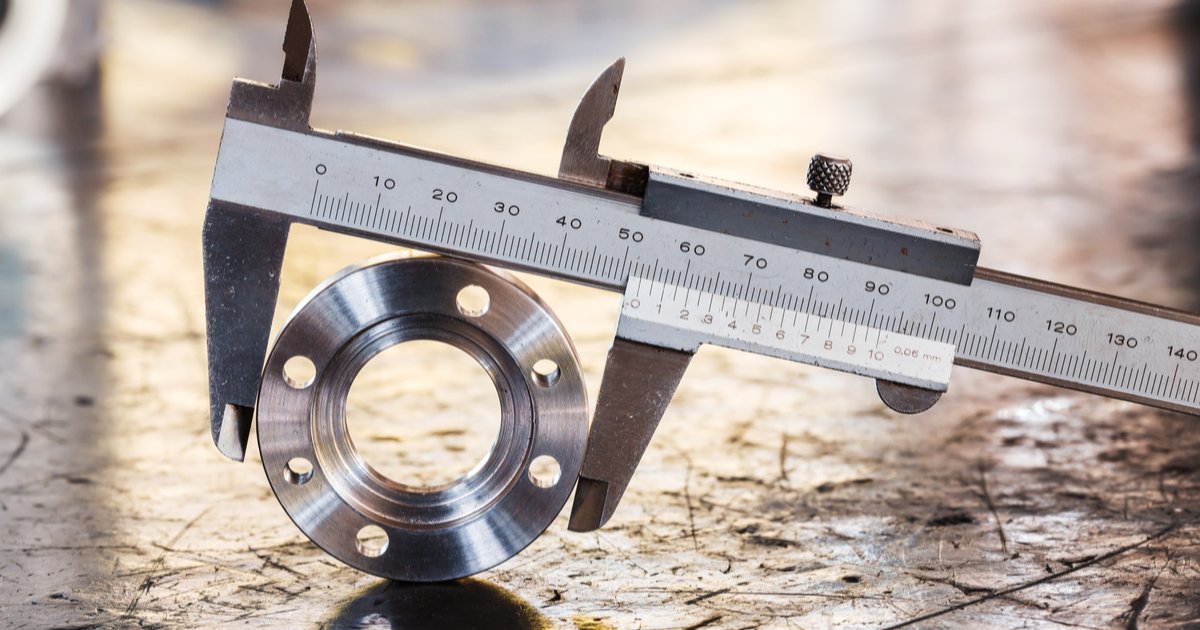A few years back, I wrote an article related to dimensional control about the limitations of asking inspectors to write the exact values they find when checking measurements of items like garments and precision mechanical pieces.
First, the numbers you can read in a report are not necessarily the reality, and I cited many ways this happens:
- Use of measurement instruments that are not calibrated (poor accuracy) or that lack precision
- Inadvertent human errors (misreading the instrument, or miswriting the finding)
- Rounding: the inspector doesn’t write the exact finding (loss of accuracy)
- Flinching: the inspector finds a sample slightly outside a tolerance limit, yet inputs it as just inside the limit
- Cheating: the inspector doesn’t check as many pieces as he/she should, and makes up the numbers that are reported
And, second, writing the numbers down takes a bit more time, and that’s not always needed.
My conclusion was to look for ‘shortcuts’ as long as they are appropriate.
2 examples of shortcuts quality inspectors can use
Here are two examples:
- For mechanical parts: use a go-no go gauge, or a checking fixture
- For soft goods: pile 10 of them and see if there is consistency
A reader’s experience in favor of writing down findings
A reader wrote to me last week and shared his experiences on that topic:
Writing down your measurement findings, both Machinist and Inspector, is a basic discipline that, all by itself, grants a significant increase in effectiveness when compared to people taking measurements, not writing them down, relying on memory and word of mouth.
And I’m not talking about traceability for after the fact needs. I’m talking about as-it’s-happening machining and production checking + 1st Piecing and other Inspections.
Specifically: The act of LOOKING at the target dimension stated on a blueprint while WRITING your measurement number right next to it (for instance) automatically presents a hard visual self-check on both sides of the equation: Did you understand the target dimension to begin with when you machined the feature + Is the measurement you took (looked at and kept in your head) in-line with the target Dimension, regardless of it being a Machinist or Quality Inspector doing the check?
I’ve lost count of the number of times I’ve seen this simple technique, writing down your measurement NEXT TO THE TARGET DIMENSION on a blueprint, head off an unintended error before things go any farther.
Machinist or Inspector, as it’s happening right then.
I’ve seen arguments against writing those things down “because someone might write it down wrong, so it’s not worth doing!”, ignoring the off-the-top % of benefit because, theoretically, not being an absolute 100% “fix” means 50%, or 70%, or 80%, or 90% gain isn’t worth it. (apparently)
Write down your measurements, Machinists or Inspectors, on a blueprint or other document that has the target dimensions stated.
You’ll be happy you did the first time there is a “problem” and everyone is trying to figure out Root Cause, and what went wrong and where.
That makes a lot of sense. Good input!
I agree, especially for a first article validation. Write findings down. Make double sure all is well within tolerance, or look for the reason for deviations.
However, I believe that ideally as part of a PPAP/NPI process, a checking fixture would be prepared that (1) detects a part out of tolerance, and (2) is itself verified regularly over time. That’s especially true for large series (very high volumes).
Would you agree?
Quality Assurance Policy For Importers In China [Webinar]
What is the 80/20 rule when it comes to QC in China? The answer is building a strong quality assurance policy of your own.
In this webinar, we’re going to explore key challenges facing importers from China, and the elements that compose a really solid, effective quality assurance policy.
Improving your quality assurance will help avoid poor quality products from hurting your business. Hit the button below to register to watch the webinar!


